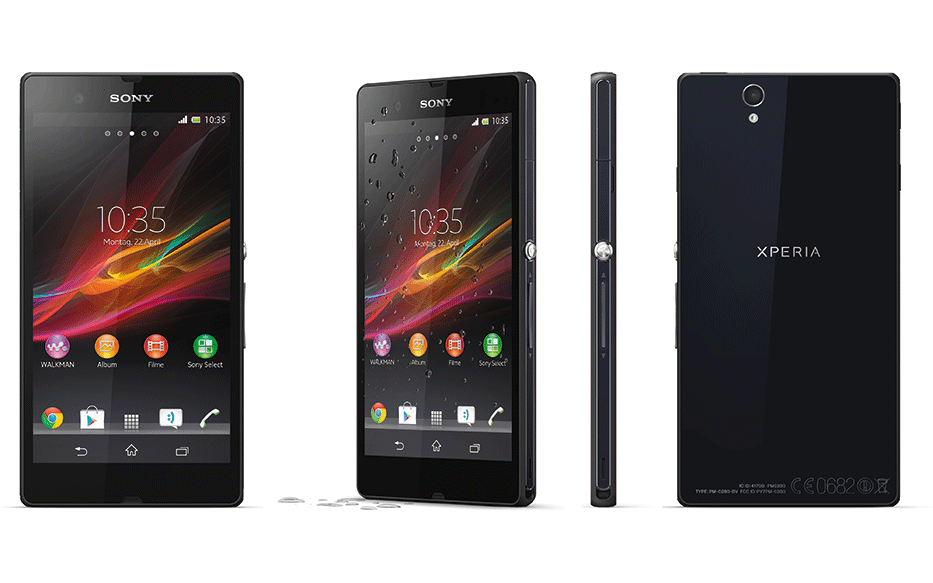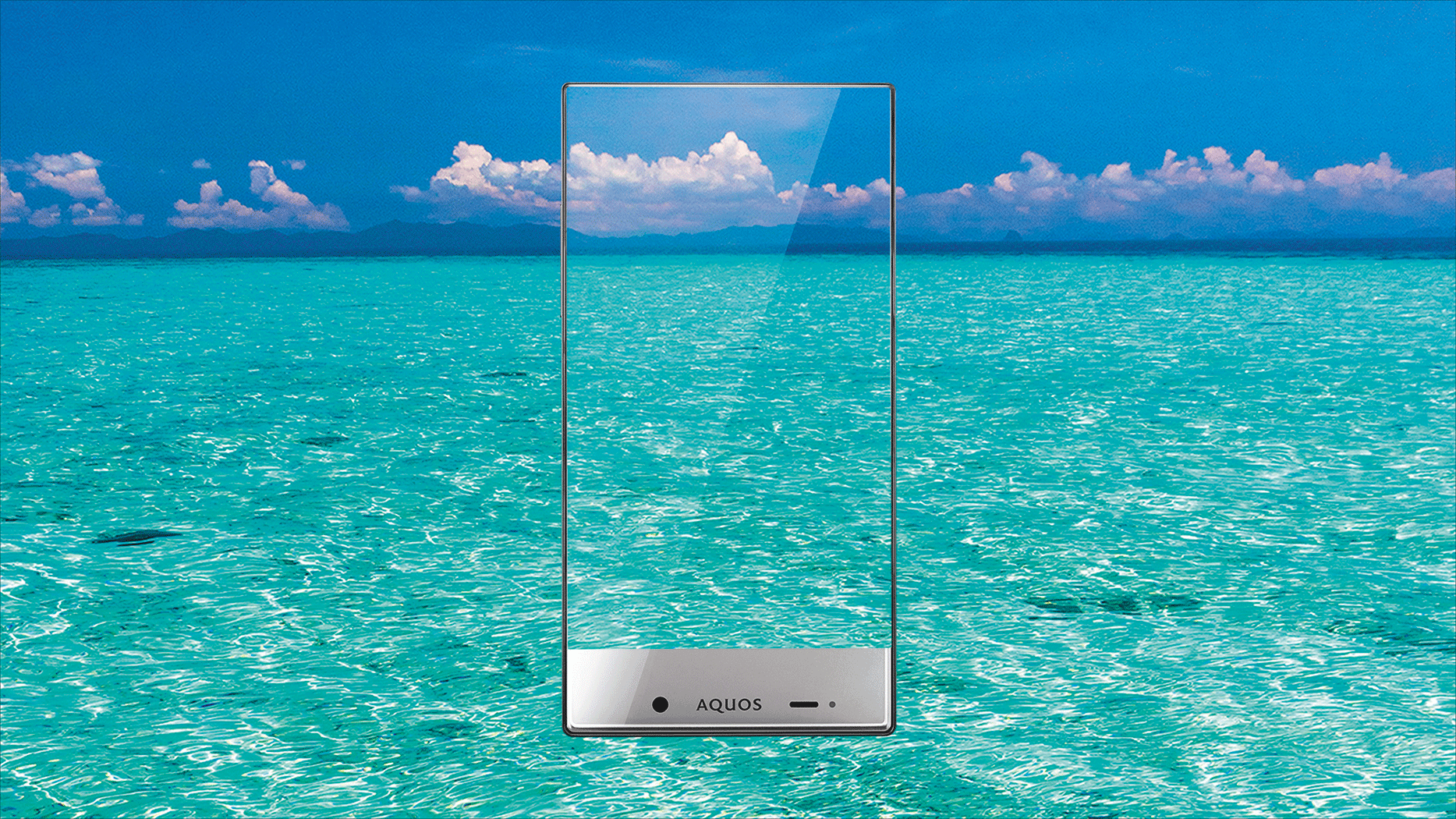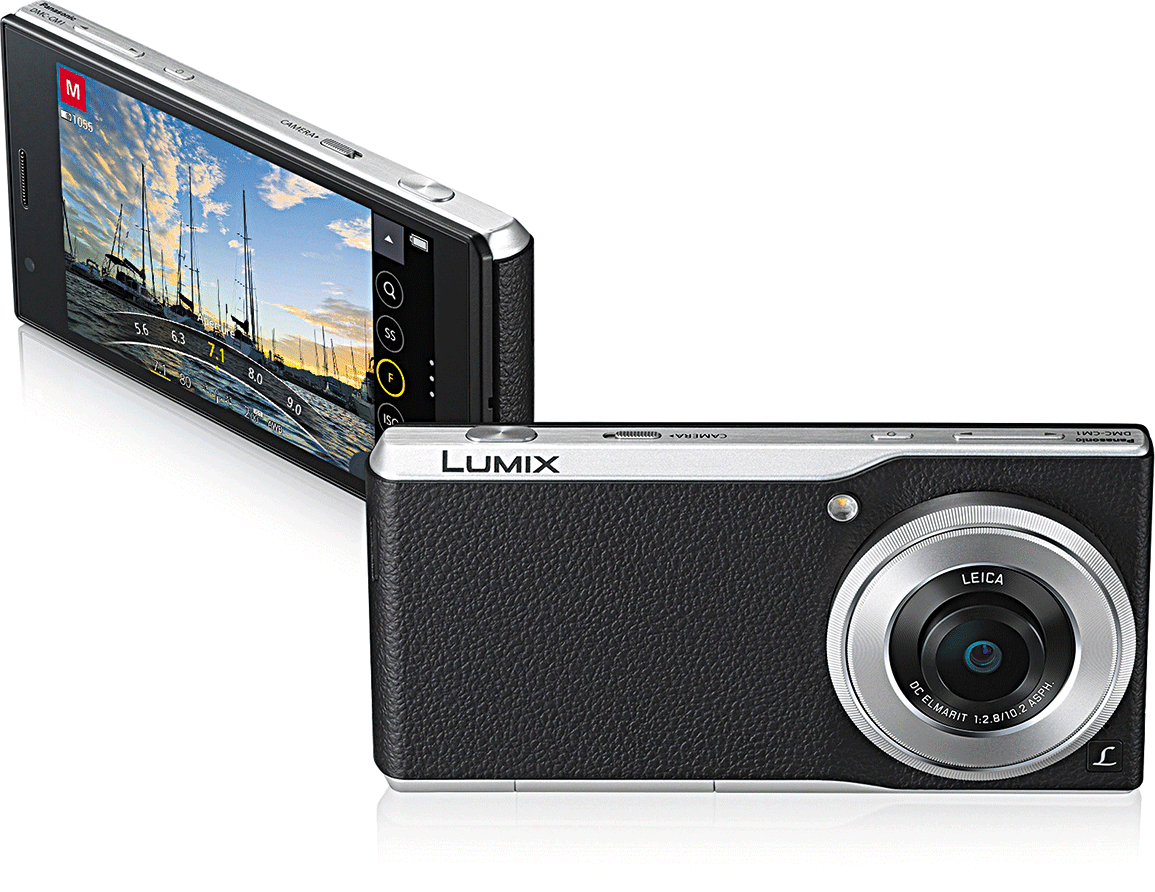
At a valuation of $46 billion (Dh169 billion), it claims to be the world’s most valuable tech start-up. Last year, it sold more than 61 million smartphones. Meet China’s hottest star, Xiaomi, which is shaking up the smartphone market and its entrenched players.
Especially hard hit are the Japanese icons that, after fighting a losing battle against Korean brands such as Samsung and LG, now have to contend with the Chinese, too. And Apple recently closed a huge feature gap it had with Android — phones with big screens.
How can Japanese brands stand apart and sell, especially at the premium end where profit margins are highest? The answer has been to focus around some core features.
Water wonderful world
In many markets, Sony is the only Japanese phone brand still duking it out. It recently returned from the brink of irrelevance with the Xperia line-up. Its flagship Z-series went where few phones had ventured before — underwater. Apart from IP58 waterproof ratings, the brand is also differentiating its phones with a premium design. Unlike Samsung’s plastic fetish, Sony has endowed its flagship phones with a glass front and back and an aluminium trim.
The company has also crammed the phones with tech and marketing jargon from its TV business — you get X-Reality and the Bravia engine. And Sony’s optics from its reputed camera division give you a 20.7MP Sony Exmor RS sensor that produces excellent images and 4K video recording. Review website CNet.com calls the flagship Xperia Z3 “Sony’s most formidable phone to date”.
Borders no more
Sharp, best known for its display panels, has incorporated a “breakthrough mobile design” in its Aquos Crystal range. The standout feature — the phones have no visible bezel on three sides.
The crystal display is a frameless LCD screen that incorporates two Sharp innovations: a thin bezel LCD panel and an optical lens effect on the front panel to eliminate the edges.
Since there’s no room for a standard earpiece, Sharp has switched to Direct Wave Receiver tech — the entire display vibrates and acts as an earpiece. Critics’ reviews have been largely positive so far.
Say cheese
The last big Japanese phone maker to still make heads turn globally is Panasonic. While it has seen a resurgence with low-cost smartphones in markets such as India, it’s at the high end that Panasonic has been making headlines.
Its Lumix DMC-CM1 boasts a camera sensor that is seven times larger than in most current smartphones. The phone has a massive 1-inch, 20MP sensor with an f/2.8 Leica lens and offers users full manual control when shooting stills or videos. No wonder Panasonic is calling it a cameraphone.









